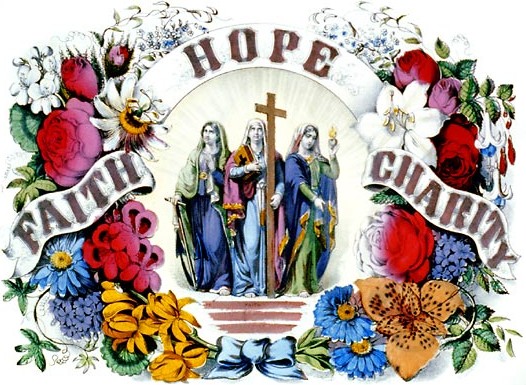All this gave him plenty to do, and it all made sense as long as he was working on his St. John. It took a long time. The last delicate shapings of face and hands were done in solemn, patient concentration. He finished the statue in a small wooden shed behind the assistants’ workshop. Then the hour of morning came when the work was finished. Goldmund fetched a broom, swept the shed meticulously clean, gently brushed the last sawdust from his Saint’s hair, and stood in front of his statue for a long time, an hour or longer, filled with the solemn feeling of a rare and great experience which he might perhaps know one more time in the course of his life or which might remain unique. A man on the day of his wedding or on the day he is knighted, a woman after the birth of her first child might feel such emotions in the heart: a deep reverence, a great earnestness, and at the same time a secret fear of the moment when this high, unique experience would be over, classified, swallowed by the routine of the days.
He saw his friend Narcissus, the guide of his adolescent years, clad in the robe and role of the beautiful, favorite disciple, stand listening with lifted face and an expression of stillness, devotion, and reverence that was like the budding of a smile. Suffering and death were not unknown to this beautiful, pious, spiritualized face, to this slender figure that seemed to be floating, to these graceful, piously raised long hands, although they were filled with youth and inner music; but despair was unknown to them, and disorder, and rebellion. The soul of those noble traits might be gay or sad, but its pitch was pure, it suffered no discordant note.
Goldmund stood and contemplated his work. His contemplation began as a meditation in front of the monument to his youth and friendship, but it ended in a tempest of sorrow and heavy thoughts. There his work was, the beautiful disciple would remain, his delicate flowering would never end. But he, the maker, would have to part with his work; tomorrow it would no longer be his, would no longer be waiting for his hands, would grow and unfold under them no longer, was no longer a refuge to him, a consolation, a purpose in his life. He remained behind, empty. And therefore it seemed to him that it would be best to say farewell today not only to his St. John but also to the master, to the city, to art. There was nothing here for him to do any more; no images filled his soul that he might have carved. The longed-for image of images, the figure of the mother of men, was not yet accessible to him, would not be accessible for a long time. Should he go back to polishing little angel figures now and carving ornaments?
He tore himself away and walked over to the master’s workshop. Softly he entered and stood at the door, until Niklaus noticed him and called out to him.
“What is it, Goldmund?”
“My statue is finished. Perhaps you’ll come and take a look at it before you go up to eat.”
“Gladly. I’ll come right now.”
Together they walked over, leaving the door open for more light. Niklaus had not seen the figure for a while; he had left Goldmund undisturbed at his work. Now he examined it with silent attention. His closed face grew beautiful and light; Goldmund saw his stern eyes grow happy.
“It is good,” the master said. “It is very good. It is your assistant’s piece, Goldmund. Now you have finished learning. I’ll show your figure to the men at the guild and demand that they make you a master for it; you deserve it.”
Goldmund did not value the guild very highly, but he knew how much appreciation the master’s words meant, and he was glad.
While Niklaus walked slowly around the figure of St. John, he said with a sigh: “This figure is full of piety and light. It is grave, but filled with joy and peace. One might think that the man who made this had nothing but light and joy in his heart.”
Goldmund smiled.
“You know that I did not portray myself in this figure, but my dearest friend. It is he who brought light and peace to the picture, not I. It was not really I who made the statue; he gave it into my soul.”
“That may be so,” said Niklaus. “It is a secret how such a work comes into being. I am not particularly humble, but I must say: I have made many works that fall far behind yours, not in craft and care, but in truth. No, you probably know yourself that such a work cannot be repeated. It is a secret.”
“Yes,” Goldmund said. “When the figure was finished and I looked at it, I thought: you can’t make that again. And therefore I think, Master, that I’ll soon go back to wandering.”
Astonished and annoyed, Niklaus looked at him. His eyes had grown stern again.
“We’ll speak about that. For you, work should really begin now. This is not the moment to run away….


